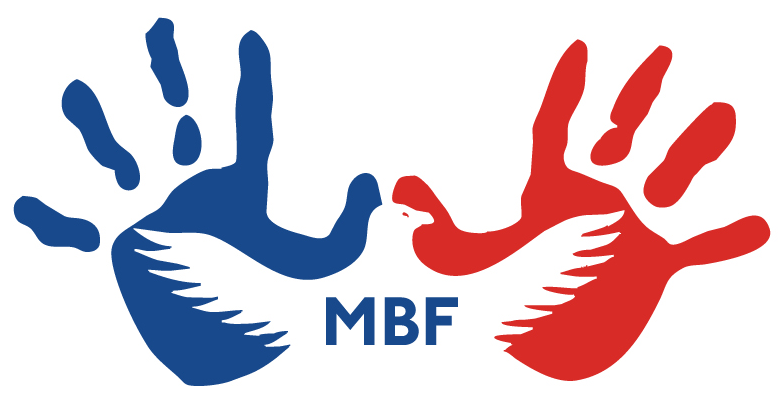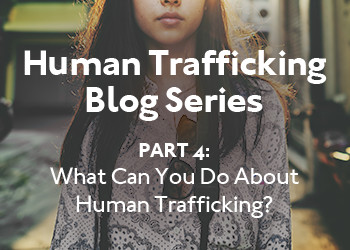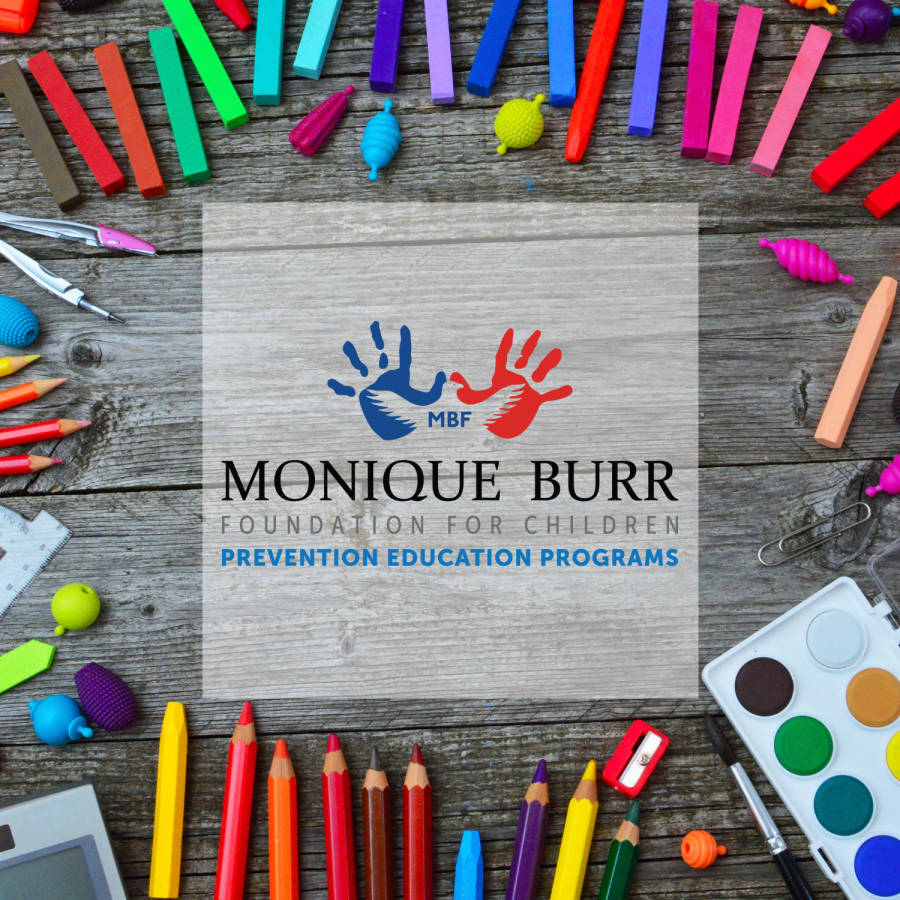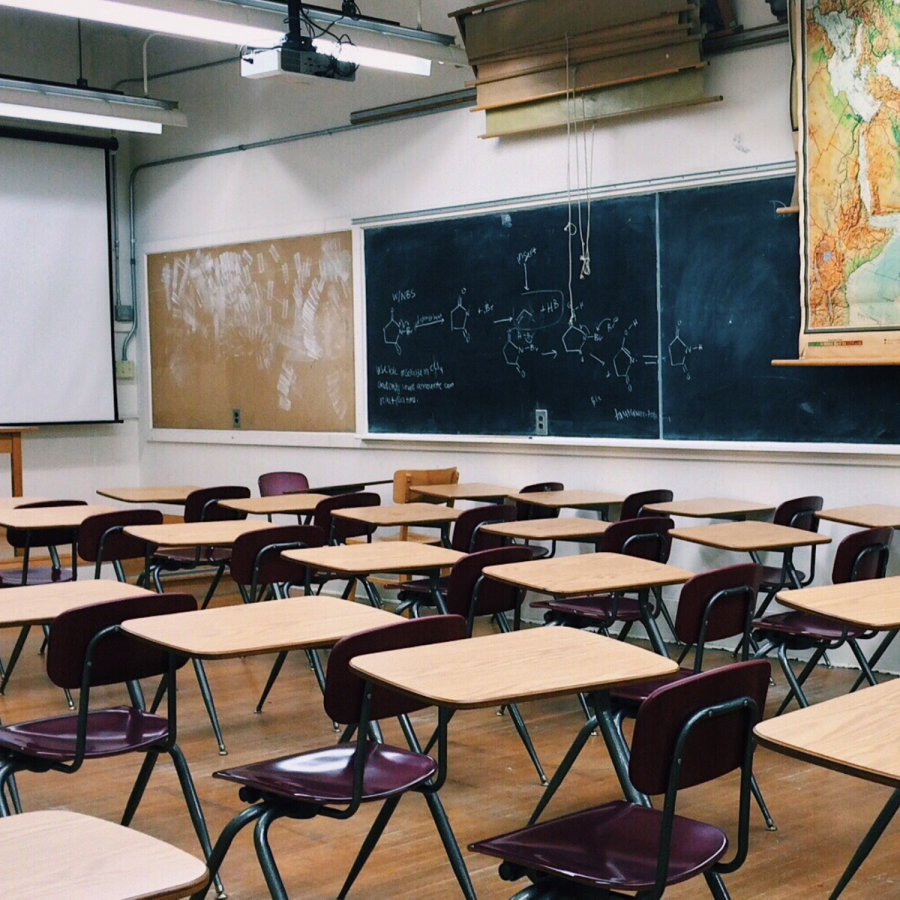
 Human trafficking is a worldwide health crisis and, as such, requires significant education and awareness campaigns to begin to address the impact on all citizens. One of the first steps to prevention and intervention is to complete an online survey that determines your “slavery footprint”. One such survey can be found at http://slaveryfootprint.org/. One of our team members here at MBF completed the survey and was shocked to find out that 51 slaves work for her based on her lifestyle and the products she uses and owns.
Human trafficking is a worldwide health crisis and, as such, requires significant education and awareness campaigns to begin to address the impact on all citizens. One of the first steps to prevention and intervention is to complete an online survey that determines your “slavery footprint”. One such survey can be found at http://slaveryfootprint.org/. One of our team members here at MBF completed the survey and was shocked to find out that 51 slaves work for her based on her lifestyle and the products she uses and owns.
Recognizing potential red flags and knowing the indicators of human trafficking is a key step in identifying more victims and helping them find the assistance they need. These include:
Common Work and Living Conditions: The individual in question
- Is not free to leave or come and go as he/she wishes
- Is under 18 and is providing commercial sex acts
- Is in the commercial sex industry and has a pimp / manager
- Is unpaid, paid very little, or paid only through tips
- Works excessively long and/or unusual hours
- Is not allowed breaks or suffers under unusual restrictions at work
- Owes a large debt and is unable to pay it off
- Was recruited through false promises concerning the nature and conditions of his/her work
- High security measures exist in the work and/or living locations (e.g. opaque windows, boarded up windows, bars on windows, barbed wire, security cameras, etc.)
Poor Mental Health or Abnormal Behavior
- Is fearful, anxious, depressed, submissive, tense, or nervous/paranoid
- Exhibits unusually fearful or anxious behavior after bringing up law enforcement
- Avoids eye contact
Poor Physical Health
- Lacks health care
- Appears malnourished
- Shows signs of physical and/or sexual abuse, physical restraint, confinement, or torture
Lack of Control
- Has few or no personal possessions
- Is not in control of his/her own money, no financial records, or bank account
- Is not in control of his/her own identification documents (ID or passport)
- Is not allowed or able to speak for themselves (a third party may insist on being present and/or translating)
Other
- Claims of just visiting and inability to clarify where he/she is staying/address
- Lack of knowledge of whereabouts and/or do not know what city he/she is in
- Loss of sense of time
- Has numerous inconsistencies in his/her story
If you are in the United States and believe someone may be a victim of human trafficking, report your suspicions to law enforcement by calling 911 or the 24-hour National Human Trafficking Resource Center line at 1-888-373-7888. Trafficking victims, including undocumented individuals, are eligible for services and immigration assistance.
What else can you do?
Make sure you are protecting and educating the children in your life by keeping lines of communication open, monitoring their time online, and teaching them safety strategies. Become familiar with the ways that traffickers groom children online (see weeks 2 & 3 of our blog series). You can also ask at your child’s school if they are using the MBF Child Safety Matter® or MBF Teen Safety Matters® programs to help keep kids safe from all types of victimization. If they are not, ask them to contact us for more information at wwwstaging.mbfpreventioneducation.org.
Finally, look for organizations near you who are fighting human trafficking and get involved! The most dangerous attitude is “this won’t happen to me or my children”. Hopefully, this blog series has made you more aware of the facts about human trafficking and how it impacts all of us. There are many resources out there to help you learn even more:
- https://www.state.gov/j/tip/id/help/
- http://greatnonprofits.org/nonprofitnews/18-things-you-can-do-to-stop-human-trafficking/
- http://borgenproject.org/internets-role-sex-trafficking/
- http://www.unh.edu/ccrc/projects/technology_in_child_sex_traffic.html
- http://www.a21.org/content/the-dark-net-and-human-trafficking-is-there-a-connection/gjdplv?permcode=gjdplv&site=true
- https://www.factretriever.com/human-trafficking-facts
Human Trafficking Blog Series:
Why You Should Be Concerned About Human Trafficking
What MBF is Doing About Human Trafficking
What You Can Do About Human Trafficking




